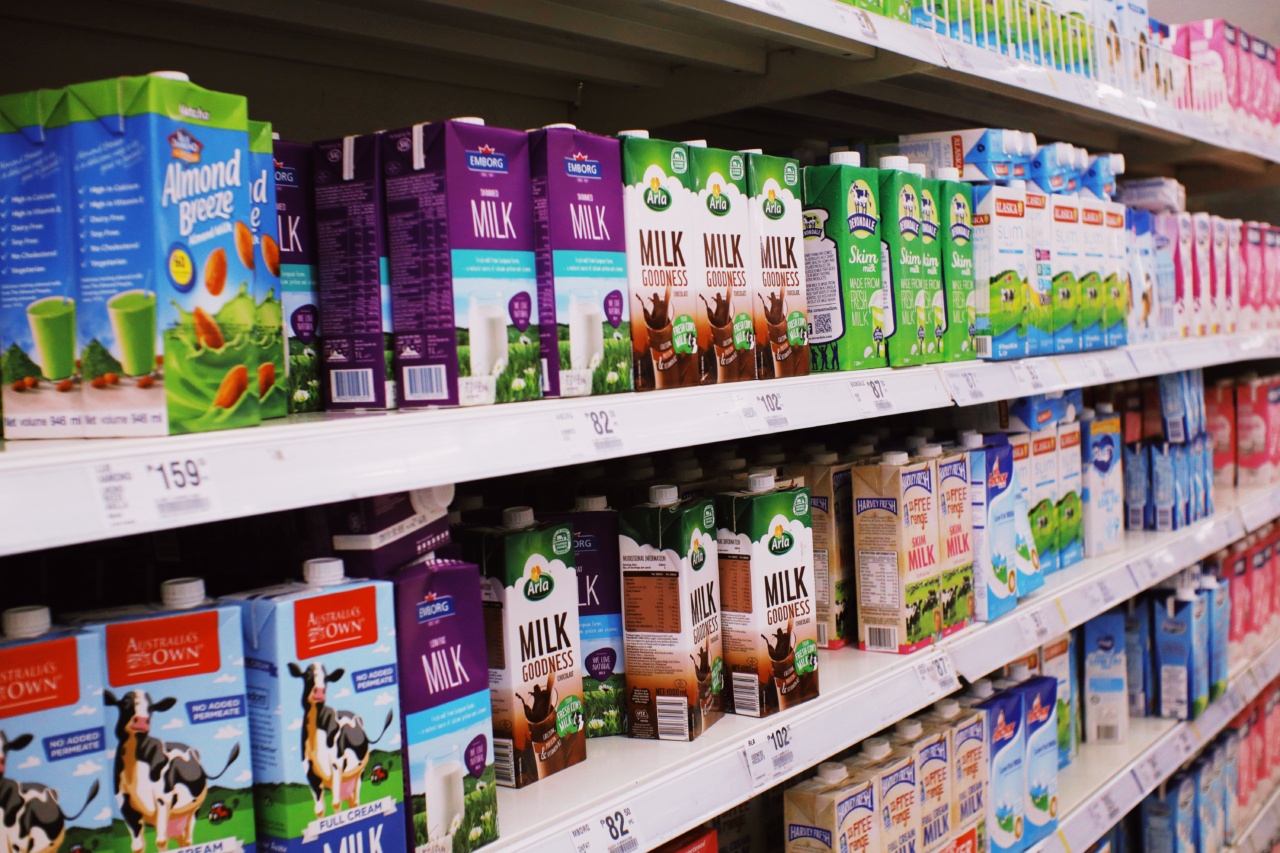Raw milk, also known as non-pasteurized milk, is milk that has not undergone the process of pasteurization. Pasteurization is a heat treatment that kills bacteria and harmful microorganisms present in milk.
While some people argue that raw milk is healthier and offers numerous benefits, consuming non-pasteurized milk poses several risks to human health.
1. Bacterial Contamination
The primary reason for pasteurizing milk is to eliminate bacteria, including harmful pathogens such as Salmonella, Escherichia coli (E. coli), and Listeria.
These microorganisms can cause severe foodborne illnesses, leading to symptoms like vomiting, diarrhea, abdominal pain, and, in some cases, life-threatening conditions.
2. Increased Risk of Foodborne Illnesses
Without pasteurization, non-pasteurized milk can become a breeding ground for bacteria. Even if the milk comes from healthy animals, it can be contaminated with fecal matter during milking, transportation, or storage.
Drinking raw milk increases the chances of contracting foodborne illnesses, especially among vulnerable populations such as children, pregnant women, and individuals with weakened immune systems.
3. Tuberculosis Transmission
In some cases, raw milk may contain the bacterium Mycobacterium bovis, which causes tuberculosis (TB) in humans. TB is a serious respiratory disease that can be life-threatening if left untreated.
Pasteurization effectively eliminates this bacterium, virtually eradicating the risk of tuberculosis transmission through milk consumption.
4. Allergenic Reactions
Non-pasteurized milk contains higher levels of allergenic proteins compared to pasteurized milk. This can trigger allergic reactions in individuals with milk allergies or lactose intolerance.
Common symptoms include hives, rashes, itching, swelling, difficulty breathing, and digestive issues.
5. Lactose Digestion Difficulties
Pasteurization breaks down the lactose present in milk, making it easier to digest for individuals with lactose intolerance.
Drinking non-pasteurized milk can result in digestive discomfort, including bloating, gas, diarrhea, and stomach cramps for those who struggle to digest lactose.
6. Children and Vulnerable Populations
Children, particularly infants, are more susceptible to the risks associated with non-pasteurized milk. Their immune systems are still developing, making them more prone to infections caused by bacteria present in raw milk.
Pregnant women, individuals with compromised immune systems, and the elderly are also at higher risk of developing severe complications from consuming non-pasteurized milk.
7. Outbreaks and Regulatory Concerns
Due to the risks involved, several countries have regulations and guidelines in place regarding the sale and distribution of non-pasteurized milk.
Outbreaks of foodborne illnesses associated with raw milk have been reported, leading to increased concerns from health authorities. Pasteurization is a crucial step in ensuring the safety of milk and milk products.
8. Lack of Nutritional Benefits
Contrary to popular beliefs, non-pasteurized milk does not offer significant nutritional advantages over pasteurized milk.
While raw milk contains beneficial nutrients, such as proteins, vitamins, and minerals, these nutrients can also be obtained from other sources. The risks associated with consuming raw milk outweigh any potential marginal nutritional benefits.
9. Legal and Liability Issues
In many countries, the sale of non-pasteurized milk is either restricted or illegal due to the associated risks. Farms or individuals involved in the production and sale of raw milk may face legal consequences if they fail to comply with regulations.
Additionally, liability concerns arise in cases where consumers fall ill after consuming non-pasteurized milk, potentially leading to legal actions against the producers.
10. Availability of Alternative Options
In regions where non-pasteurized milk is not readily available, alternatives such as pasteurized milk, UHT (ultra-high temperature) milk, and dairy substitutes offer safer choices.
These alternatives ensure the elimination of harmful bacteria and provide similar nutritional benefits without the risks associated with non-pasteurized milk.





























